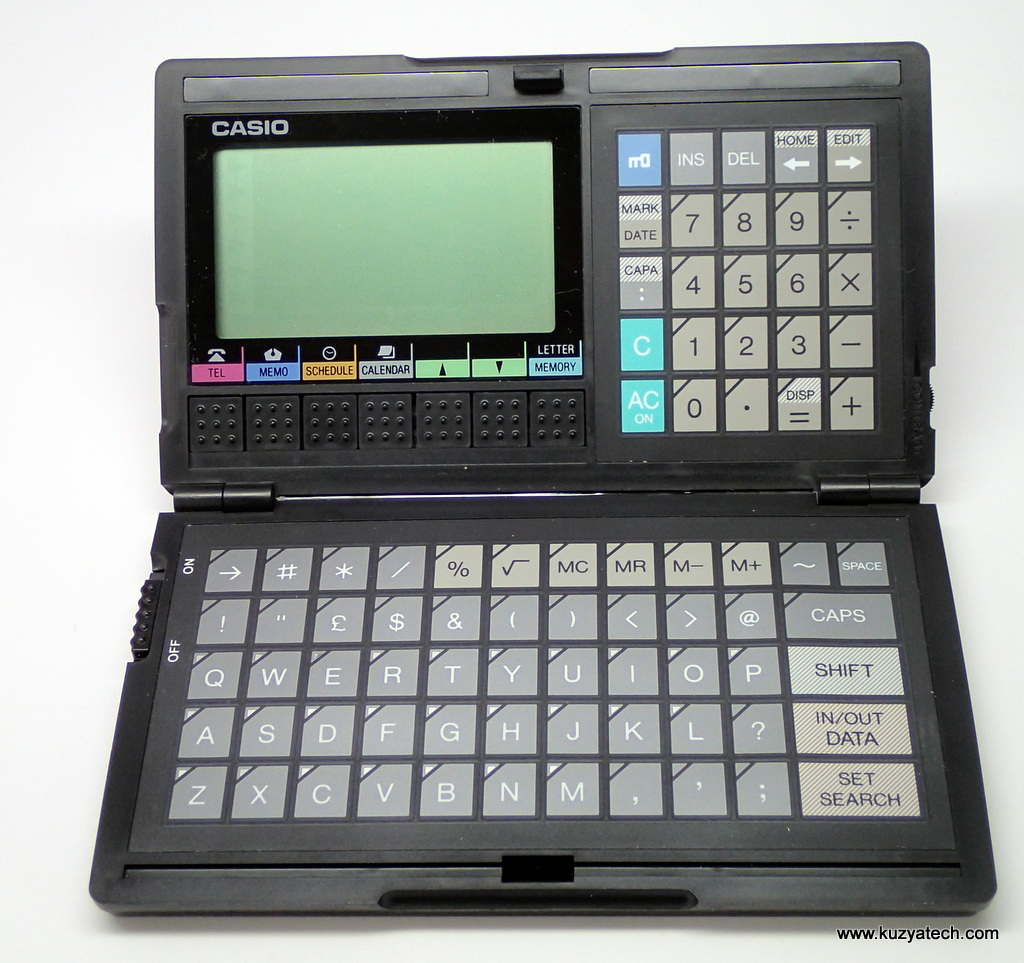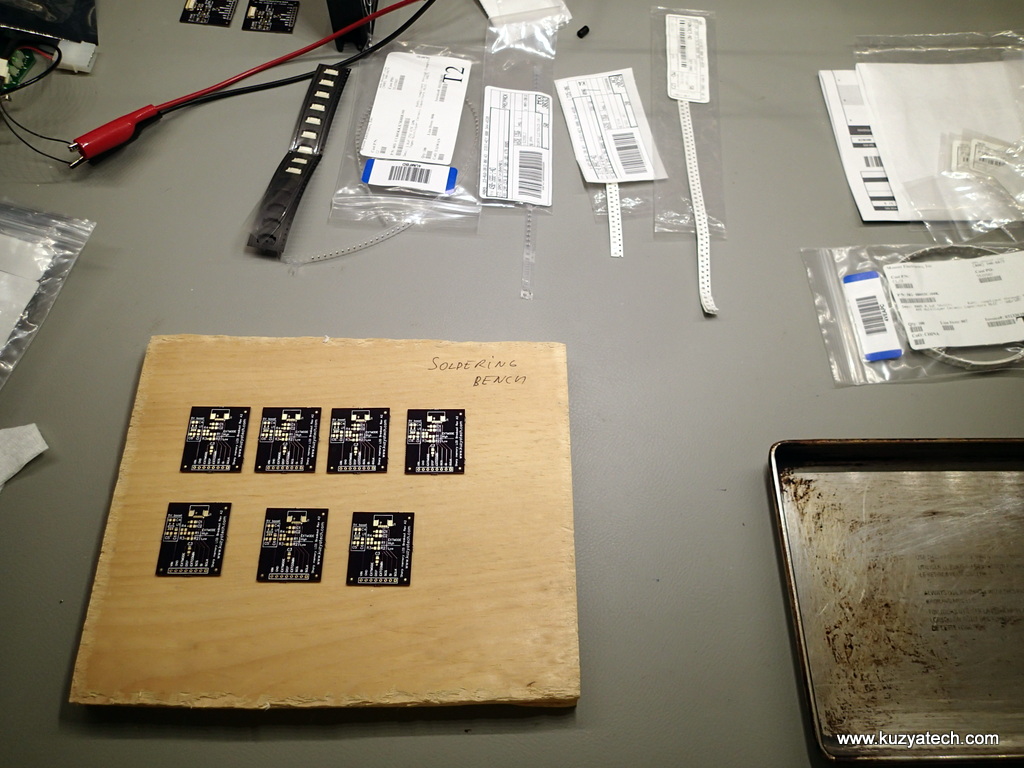Today’s teardown target is an early 1990’s electronic organizer from Casio. Casio Digital Diary SF-4000, complete with a travel guide!
Author Archives: reagle
New batch of Sharp Memory LCD breakouts is in stock on tindie
Now that the boards have arrived, I thought I’d post a few pictures of the batch being made and tested:
LM317 power supply kit
Here is something I got tired of making every time so I designed a board for it! It’s a simple LM317 power supply breakout: Continue reading
Rant: Glentronics Basement Watchdog Emergency Sump Pump System
The rant subject
Today’s rant is about a Glentronics Basement Watchdog backup sump pump system I’ve installed a while ago. The system overall is relatively simple- a 12V DC pump lives in the pit and is turned on by the controller when the water level rises above a level set by magnetic float sensors. The pump is fed by a big 12V Lead Acid battery that’s always charging. So when power goes out or the main pump fails, I’d have at least some pumping going on for a bit instead of me having to bail out manually. At least that was the idea. Continue reading
Kidde KN-COEG-3 carbon monoxide/gas alarm teardown
In continuation of Carbon Monoxide teardowns, we now have a Kidde KN-COEG-3 detector designed to handle both carbon monoxide and natural gas in residential use. Unlike the previous target (First Alert FCD2BT), this one never worked that well, causing frequent “GAS” false panics and piercing alarms, so a teardown is a natural progression for this model! Continue reading
First Alert FCD2BT Carbon Monoxide alarm teardown
Today’s teardown target is a retired carbon monoxide detector made by First Alert.
The general consensus is that these should be replaced around every five years or so to minimize the risk of sensor degradation getting in the way of detecting an actual event. So let’s take this thing apart and see what makes it tick. Continue reading
Sharp Memory LCD Breakout A2
This is a simple breakout board for Sharp’s Memory LCD display family (LS013B4DN02, LS013B4DN04, LS013B7DH03, LS013B7DH06, LS027B7DH01 and LS044Q7DH01). Those are the parts known at the time of the writing, though more models are coming out all the time. So far Sharp’s been keeping very consistent interface and there is a fairly high chance the board will work with all of them. In a table below is a list of displays I am aware of on the US market. Models needing 5V boost are marked accordingly.
The board brings all pins to a 0.1″ header and provides necessary caps and resistors. Revision A2 adds an optional boost converter for those wanting to run 5V display from sub 3.3V supply which is needed on color version, 2.7″ and larger screens and also some of the older ones.The footprints are there, but parts are not populated to save cost on the base version. A version with boost is now also available. This is an open design under CC BY SA license.
Kuzyatech store is now open on tINDIE
Very excited to be part of the growing tech indie community called tINDIE! My store is at https://tindie.com/shops/kuzyatech/ and carries all the things I design for sale. At the moment I have Sharp LCD breakouts, LM317 power supply kits and the Kicky Dude kits
Solving “range anxiety” problem for my smartphone (well, almost)
As some of you know, I’ve recently traveled to Boston for the ESC/Design East conference. While that was fun, what quickly became a problem was my phone’s limited battery life. I’d leave in the morning with full charge, and by about 4PM each day it’d be asking for a charger. Normally it’s not a problem, except when you are in a new city and relying on your phone as a your navigation aid. There are obviously commercial solutions- a spare battery or a rechargeable battery pack or theOSHW ones such as Adafruit’s MintyBoost. MintyBoost was the closest to what I was looking for, but still not quite it. So I set out to make my own. Continue reading
Seagate FreeAgent Theater+ USB debug
It appears there is no end to things breaking and ending up in Kuzyatech lab. Today’s patient is a Seagate FreeAgent Theater+ media streaming box that decided to stop noticing USB drives. The box is a nice little device that can play audio and video content from the network or from one of the three local USB ports: front, rear or a dock-like middle one that’s used to connect Seagate’s own portable hard drive. Both front and back ports were dead. Well, time to take it apart! Continue reading




